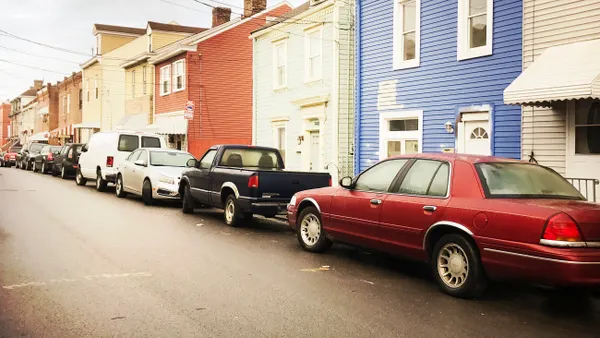Dive Brief:
- Canada's federal government, along with the provincial governments in Ontario and Quebec, announced its first public-private partnership (P3) to advance 5G technology innovations.
- The P3 will work toward establishing a 5G corridor of linked research and development facilities in Ontario and Quebec. About 1,000 small and medium-sized businesses will connect to the 5G platform.
- The three governments each pitched in about $67 million, while tech leaders Ericsson, Ciena Canada, Thales Canada, IBM Canada and CGI collectively matched that with a $200 million contribution to the initiative.
Dive Insight:
This partnership will allow about 1,000 small and medium-sized tech businesses to access 5G service far before the greater public will be able to. The Canadian government did not specify when the tech businesses would gain access to the 5G platform, but industry experts estimate the infrastructure will be constructed this year and it could go live early next year.
The planned test bed corridor will allow tech businesses to do ample trials on their innovations before releasing them to the public. Without 5G access, they may have released under-developed or under-tested technologies, or they would have had to wait longer to test the innovations until they could access 5G at the same time as the general population. This plan gives them a running start.
Investing in 5G to spur innovations also gives Canada a leg up on other countries that are actively pursuing the technology, including the United States, Japan, South Korea and China. The new test bed corridor will give Canada a chance to generate its own intellectual property instead of having to build on others' ideas down the road.
5G is widely viewed as the backbone of many future smart cities technologies, including autonomous vehicles and artificial intelligence. With speeds up to 100 times faster than the current 4G and little to no lag time, it holds a lot of potential for building connected cities.
One barrier, though, is that even though 5G is fast, the signal does not travel very far. That means more infrastructure will be needed to carry the signal compared with current wireless communications. Service providers should have the option to install a number of small-cell sites throughout cities instead of full towers, but they will have to get permission to place the sites on existing structures such as street lights, billboards or buildings.












